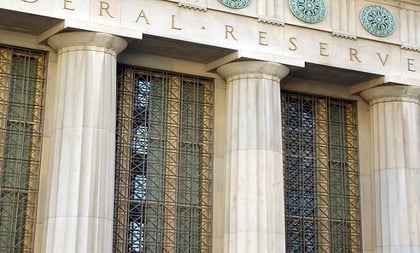The Federal Reserve indicated a readiness to cut interest rates for the first time in more than a decade to sustain a near-record U.S. economic expansion, citing “uncertainties” in their outlook.
While Chairman Jerome Powell and fellow policymakers left their key rate in a range of 2.25% to 2.5% on Wednesday, they dropped a reference in their statement to being “patient” on borrowing costs and forecast a larger miss of their 2% inflation target this year. Powell has been repeatedly pressured by President Donald Trump to juice the economy by cutting rates.
U.S. stocks rose after the decision and Treasuries erased losses. Yields on 2-year Treasury yields dropped over 5 basis points to 1.81%, while benchmark 10-year rates broke below 2.05%. Fed funds futures priced in increased odds of a rate cut at the July meeting.
While inflation near the goal and a strong labor market are the most likely outcomes, “uncertainties about this outlook have increased,’’ the Federal Open Market Committee said in the statement following a two-day meeting in Washington. “In light of these uncertainties and muted inflation pressures, the Committee will closely monitor the implications of incoming information for the economic outlook and will act as appropriate to sustain the expansion.”
The FOMC vote was not unanimous, with St. Louis Fed President James Bullard dissenting in favor of a quarter-point rate cut. His vote marked the first dissent of Powell’s tenure as chairman.
Policymakers were starkly divided on the path for policy. Eight of 17 penciled in a reduction by the end of the year as another eight saw no change and one forecast a hike, according to updated quarterly forecasts.
In the statement, officials downgraded their assessment of economic activity to a “moderate” pace from “solid” at their last gathering.
The pivot toward easier monetary policy shows the Fed swinging closer to the view of most investors that President Donald Trump’s trade war is slowing the economy’s momentum and that rates are too restrictive given sluggish inflation.









 June 19, 2019 at 03:02 PM
June 19, 2019 at 03:02 PM











